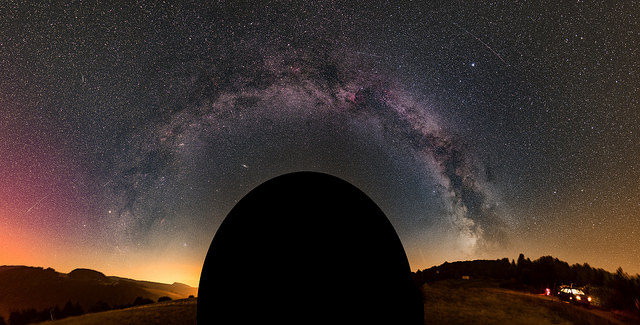One of the surest signs that late summer is here in the northern hemisphere is the arrival of the Milky Way in the early evening sky. As darkness falls ever earlier each night, the star-dappled plane of our home galaxy sits almost due south and stretches far to the north. This is also why we refer to the triangular shaped asterism formed by the bright stars of Altair, Deneb and Vega as the Summer Triangle. Two of these stars are the focus of a fascinating mythos from the Far East, and a poetic celestial configuration that commemorates star-crossed lovers lost.
We first heard of tales of Tanabata while stationed in Japan in the U.S. Air Force. Meaning ‘the seventh evening of the seventh month’ — sometimes simply abbreviated to ‘the seventh-seventh,’ — Tanabata is the summer Star Festival of Japan and dates back to about the 7th century AD. Korean and Chinese cultures also have a version of the tale, and the festival that was once considered a rite for the elite gained popularity during the Edo period in the 17th century to become a nationwide celebration.

The origin story of Tanabata involves the romance between the weaver’s daughter Orihime and the cow-herder’s son Kengyuu. As lovers will do, both began to neglect family duties — namely, weaving and cow-herding — until the two were separated by Orihime’s father, Tentei, represented by the Pole Star Polaris. The vast river of heaven, represented by the Milky Way, now separates the two. Orihime (Vega) sits on one side, while Kengyuu (Altair) is alone and unreachable on the other. The Emperor relented to Orihime’s pleading, however, and allows the two to meet once a year, on the seven day of the seventh month. And thus, Tanabata was born.
In late August, Vega and Altair are easily visible high to the east at dusk. You’re looking out along the Orion Spur — of which our solar system is a member — which traverses the Perseus and Cygnus arms of the galaxy beyond. We’re headed roughly in the same direction, towards a point known as the solar apex which is located near the bright star Vega, 25 light years distant. Remember the movie Contact? Vega was the fictional source of an extraterrestrial signal detected by Jodi Foster in the film.
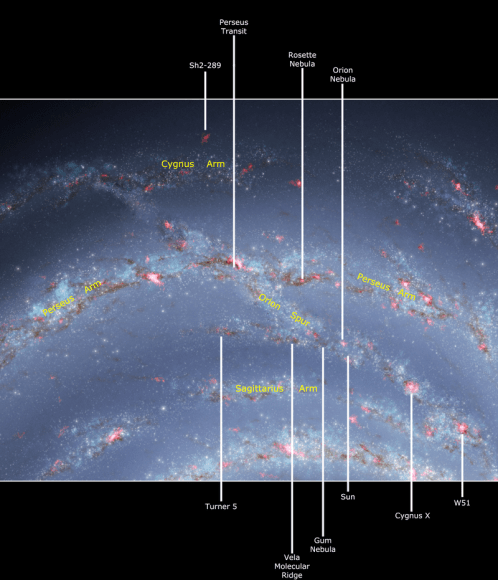
The modern Japanese calendar actually marks Tanabata on several different dates. The timing of the festival can vary from village to village, depending on which local convention is observed.
The original Japanese calendar was lunisolar, and very similar in convention to the modern Chinese festival calendar. A lunisolar calendar attempts to keep the cycles of the synodic period (29.5 days) of the Moon in sync with the solar calendar year, and must add an extra lunar month every 2-3 years to keep up. The modern Jewish calendar is another example of a lunisolar calendar, whereas the Islamic calendar follows the cycles of the Moon only.
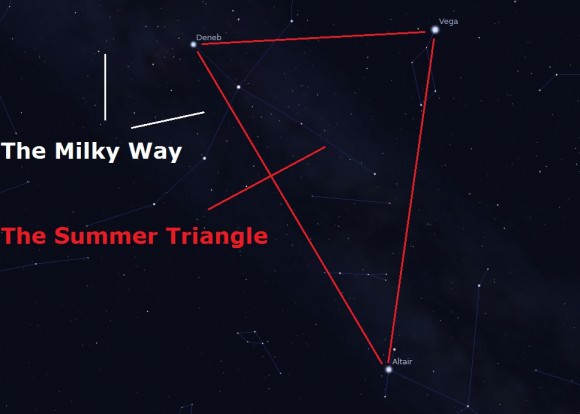
Modern Japan has adapted the western Gregorian calendar, which is exclusively solar and reconciles the tropical and sidereal periods of the Sun. Though Tanabata was traditionally held in August, many Japanese communities simply transcribe the ‘seventh day of the seventh month’ onto the modern Gregorian calendar to mean July 7th. Still other villages use the ‘one-month delay’ rule, to center Tanabata on August 7th.
Some rural villages, however, still use the older lunisolar custom. By this reckoning, Tanabata always falls seven days after the New Moon at the end of seven full lunar cycles, when the Moon is a fat crescent not quite at first Quarter phase.
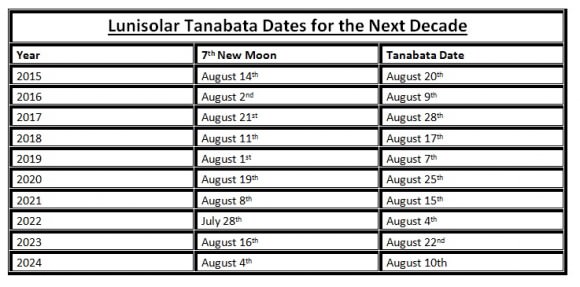
In 2015, this happens this Thursday on August 20th. Like Easter, Tanabata can fall early or late by about one lunar cycle, the earliest being August 1st, which happens on 2014 and 2033, and the latest being August 30th, which happens on 2006 and 2044.
Think of the crescent Moon as the boat, which once a year, brings the two lovers together across the celestial river of the Milky Way.
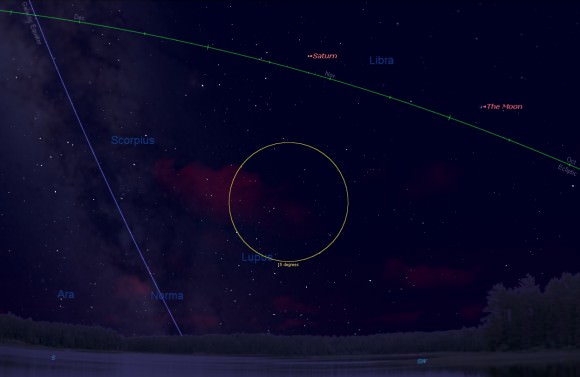
You may notice on the evening of the 20th that the boat no longer makes its portage to the river, completing the scene. In fact, the cosmic lineup of the Milky Way and the fat waxing crescent Moon is now more of a September/October affair. What gives? Well, they once did align, way back when Tanabata first became a tradition over a millennia ago.
Blame our friend, the Precession of the Equinoxes for conspiring to keep our happy couple apart. The 26,000-odd year wobble is enough to move the equinoctial points about one degree along the ecliptic during a normal 70 year human life span. That all adds up, making the ferryman about one synodic period late to the party in modern times.
Enjoy the show, and happy Tanabata, whenever you may celebrate it in space and time.

